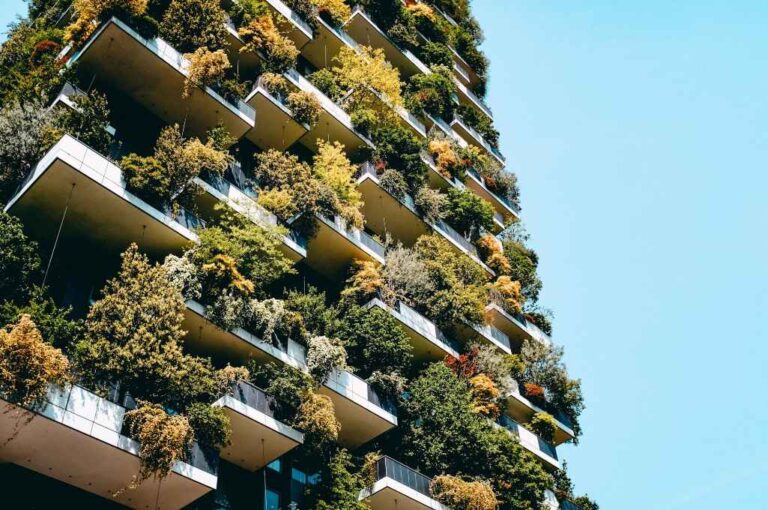Beautiful, healthy and, obviously, green. Vertical gardens allow the internal and external walls of buildings to be covered in greenery, bringing benefits to those who live or work there.
But what is a vertical garden? It is basically a vertical hydroponic garden in which irrigation is made up of a mix of rainwater and fertilizers and is constant. And it is conducted using a drip system that starts from the top of the wall.
Table of Contents
Plants for the vertical garden
It is of fundamental importance to carefully choose the species to plant, with respect to the climate and the specificity of the native flora, and it is always better to be followed by an expert gardener.
The choice almost always falls on low maintenance varieties, which require little care and sporadic interventions during the year.
Another important feature, they must be ground cover, therefore making room for climbing plants, pergola plants, bushes, shrubs and hanging plants.
Usually, very light varieties are favored (30 kg per square meter), whose roots do not need to sink into too deep soil. Otherwise the risk is that of compromising the integrity of the walls and the buildings themselves.
The most famous vertical gardens around the world
Some of the most famous examples of vertical gardens around the world are:
Vertical forest, Milan, Italy
When it covers large surfaces and involves the use of large and medium-sized shrubs, it is called a vertical forest. A now famous and imitated example around the world is the urban reforestation project carried out in Milan. The flagship of the project are the over 300 thousand square meters of urban greenery in the grandiose ‘Vertical Forest’ that covers the towers designed by the Boeri Architecture Studio in the Isola district.
Harmonia 57 neighborhood, Sao Paulo, Brazil
A fascinating vertical garden solution is the Harmonia 57 neighborhood west of Sao Paulo, Brazil, designed by the Triptyque architecture studio. The structure is conceived as a human body of which the exposed irrigation system becomes the circulatory system essential to the growth of that greenery, present in its embryonic state, which will cover the building like a second skin.
Caixa Forum, Museum of Contemporary Art, Madrid, Spain
Created by Patrick Blanc, a 24 m high green wall of the Museum of Contemporary Art, designed by Herzog & de Meuron and born from the recovery of one of the most important and unique city emergencies of industrial architecture: the old power plant of Madrid. The visual impact is extraordinary due to the use of 15,000 plants belonging to 250 different species.
Quai Branly Museum in Paris, France
Born from a project by Jean Nouvel, the side overlooking the Seine presents a beautiful example of integration between vertical garden and architecture. The atmosphere is fairy-tale, so much so that looking at the wall, moved by evergreens alternating with floral essences, one has the impression of being at the entrance to a magical forest, while in the windows of what appears to be an elven house, the blue of a city in motion.
Read also: What is the Urban Sequoia, the technological skyscraper that actively absorbs CO2






